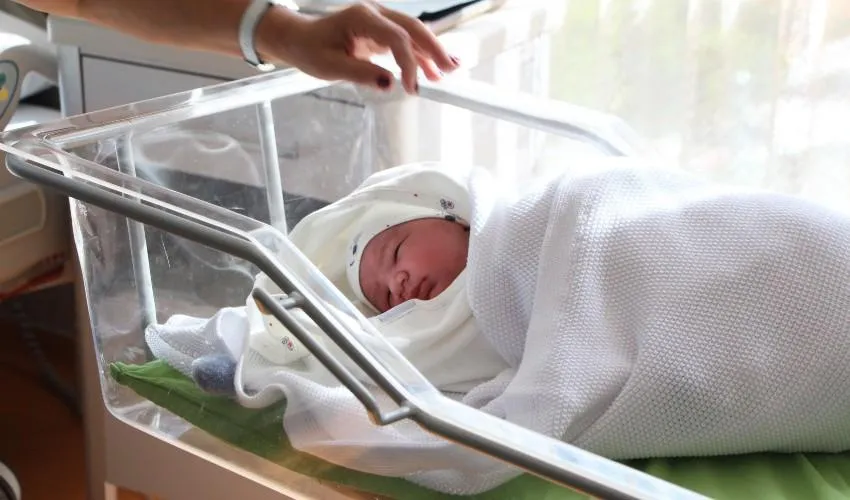
Why Emigration During the Great Recession Sustained Fertility Rates in Italy
In the aftermath of the 2008 crisis, southern European countries have experienced a significant increase in emigration rates. It is calculated that the net out-migration of Italians from 2008 to 2014 concerned around 410,000 individuals (1.24% of the entire population). The larger part of the literature on fertility would expect this phenomenon to have a negative impact on childbearing in Italy in the same period. However, new research by Bocconi Professors Massimo Anelli and Nicoletta Balbo, published in Demography, finds the opposite. As a younger cohort of emigrants found better opportunities abroad, those who remained were more likely to have children than the ones who left in the same period, thereby mitigating the negative effect that economic downturns have on fertility.
The years of the Great Recession (2009-2014) marked a significant increase in outmigration from those countries that were worst hit by the economic crisis. In Italy, internal migration from the southern regions towards the North remained stable vis-à-vis the pre-crisis times. However, some stark differences concern the pattern of out-migration. On average, those who emigrated during the Great Recession were younger and more likely to be unmarried than their predecessors, with a sharp increase in the cohort between 18 and 45 years old. In addition, data on emigrants from 2017 shows that emigrants are twice as likely to hold a university degree than the average Italian population.
This scenario allows the authors to contribute to the literature on the effect of emigration and economic recession on fertility in the context of developed countries with low birth rates. More precisely, the existing literature tends to sustain the hypothesis that the overall effect of emigration on fertility is negative since the massive outflow of individuals reduces the stock of potentially childbearing couples. Conversely, Professors Anelli and Balbo formulate a competing hypothesis, whereby emigrants are selected into those individuals who have a lower likelihood of having children. As such, their absence due to emigration results in a higher fertility rate in the country of origin.
To test this hypothesis, the authors employ a sophisticated econometric method that allows building a credible counterfactual fertility rate in a scenario in which emigration did not occur. This was also possible thanks to the wealth of data provided by the official administration registry of Italians who moved their residence abroad (AIRE). Their approach allows them to isolate variables which could have had an impact both on emigration and fertility, such as unemployment. Then, it finds a significant difference between the counterfactual and the true scenario in terms of fertility at the province-level in Italy, with a 1% increase in emigration resulting in a 6.5% increase in the total fertility rate.
To conclude, Bocconi Professors Massimo Anelli and Nicoletta Balbo find that emigration during the Great Recession had a positive effect on the total fertility rate, supporting the hypothesis that emigrants are selected among individuals who have a lower propensity to have children. This probably relies on the fact that a larger portion of emigrants are young individuals who could be postponing childbearing for various reasons (such as career-oriented life choices) or avoiding it altogether. Crucially, this evidence suggests that the effect of economic recession on fertility may be way greater than previously estimated.
Massimo Anelli, Nicoletta Balbo; "Fertility Drain or Fertility Gain? Emigration and Fertility During the Great Recession in Italy." Demography 1 April 2021; 58 (2): 631–654. doi: https://doi.org/10.1215/00703370-9001598.